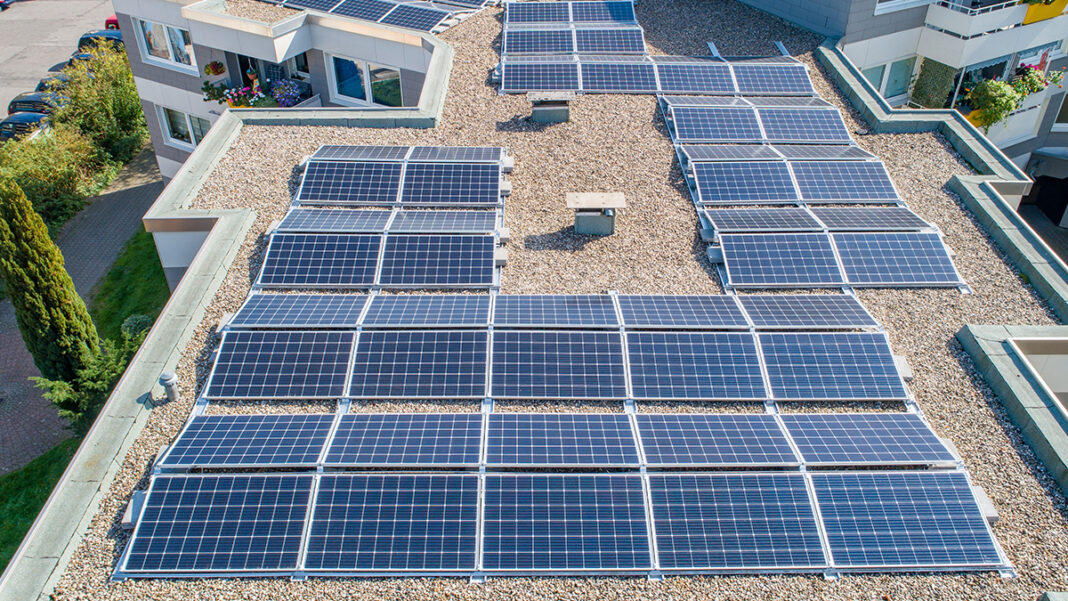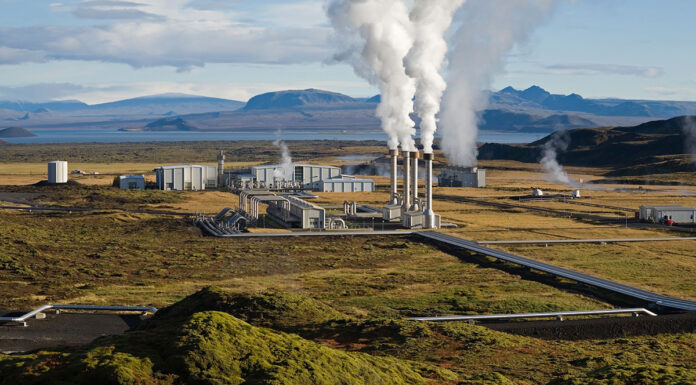Global warming is a threat many years now, but as the North Pole’s ice melting rapidly, a solution’s emergence is more than a necessity now. It is an increasing problem creating anxiety -at least- to countries worldwide and the society in general and is endangering the health and the environment. One way -and a vast weapon – to fight against global warming is the so-called green technologies.
Environmental engineers and scientists at an international level are trying to develop technological solutions to reduce and eliminate everything that causes global warming and, therefore, climate change.
Below we present ten examples of green technologies that are environmentally-friendly. The use of them might be a good idea in our try to reduce the pollution of our planet:
Wastewater processing
There are not many technological developments in this field, but what we have now is essential. Some of the products are membrane filtration, microbial fuel cells, nanotechnology, biological methods, and natural treatment systems such as wetlands. These processes make water drinkable or significantly decrease pollutants’ presence from what is discharged into the sea and rivers.
Reduce of industrial emissions
As specialists in the handling of emissions, air pollutants in industries can significantly decrease the greenhouse effect. Methane and carbon dioxide are elements that harm the environment. Initiatives such as chemical, petrochemical, pharmaceutical, automotive, etc. must eliminate their emissions to cause serious environmental damage.
Recycling and waste management
The increase in household and industrial waste has been excessive. Managing solid waste is an essential responsibility of companies as well as individuals. Unique technologies such as smart containers, automated food waste tracking systems, and automated optical scanning technologies can improve mixed plastics’ derivation by dividing them from others.
Self-sufficient buildings
Self-sufficient buildings are those constructions that can function by generating energy without the need for an external contribution. A way to reach higher productivity with the same photovoltaic panels’ surface is to add intelligent solar tracking systems, thus obtaining optimal radiation use.
Waste-to-Energy
The generation of energy from waste, also called Waste-to-Energy, is a technology that produces power from the garbage.
Production of energy from the waves
It was in Aguçadoura, Portugal, where the first wave energy management plant was built. Just 8 kilometers away from the coast, the plant has a capacity of 2.25 MW and can supply electricity up to 1500 homes. The installation called “Pelamis” consists of steel tubes -3.5 m in diameter and 150 meters long- floating on the ocean surface. Those parts are semi-submerged in the sea and are qualified for transforming the waves’ movement into electrical energy.
Vehicles that do not emit gases
Electric Vehicles known as ecological vehicles because their use does not negatively influence the environment and contributes to reducing polluting gases in the atmosphere. Reduce mainly carbon dioxide (CO2), carbon monoxide (CO), nitrogen oxide (NOx), unburned hydrocarbons (HC), and compounds of lead and Sulphur dioxide.
Providing solar energy
Possibly these are the systems that have been worked on and researched the most and applied to cities more often. Examples of solar energy conversion technologies are, among others, a high vacuum tube for hot water, polypropylene collectors for hot water, and photovoltaic collectors to produce electricity and solar street lamps. The meaning of using such green technologies is to reduce the dependency on energy from hydrocarbons and fossil fuels and, of course, to promote greener and healthier solutions.
Vertical gardens and farms
The investment of vertical gardens in buildings also helps save energy and brings numerous benefits to the environment. Vertical gardens don’t need watering methods that involve unnecessary use of water. Because the installation is along a wall, they reduce the intense hearing pollution from the outside and even generate. Moreover, it helps separate the high temperatures given by climate change, resulting in significant energy, heating, and air conditioning savings. The application of this technology to farms may create a lot of water-saving and take care of the fertile soil. Today, there are vertical farms to the extent of 100 hectares.
Natural gas boilers
Green boilers are known to consume a limited amount of fuel or to use renewable energy. Although it is also a fossil fuel, natural gas has the particularity that it releases almost no toxic gases such as nitrogen oxides, particles, carbon monoxides, or Sulphur. It frees more water vapor and less carbon dioxide. In terms of emissions, it seems to be the most environmentally friendly fossil fuel, with 204 grams of CO2 per thermal kW/h. Consequently, natural gas boilers tend to be condensed, which means that they recover the heat from the water vapor coming out of the chimney, delivering higher thermal yields with less air pollution.











[…] Green energy solutions will typically be carbon neutral. Carbon-neutral means the amount of carbon dioxide released into the atmosphere is the same as the amount that is drawn from it. In other words, you […]
[…] Green technologies that encourage recycling and reducing waste can be a potential solution to our seemingly insurmountable environmental and climate problem. Policy-makers and regulators worldwide must aggressively make green tech a priority for the coming years if we want to save the planet. If we all held hands and focused our attention on environmental issues, there might be a chance that we can prevent our dark and devastating future. […]
[…] of development. From planning, design, to maintenance operations. In this article, we list new green technologies that are being used in construction today. We’ll also learn how much impact they have on the […]
Comments are closed.